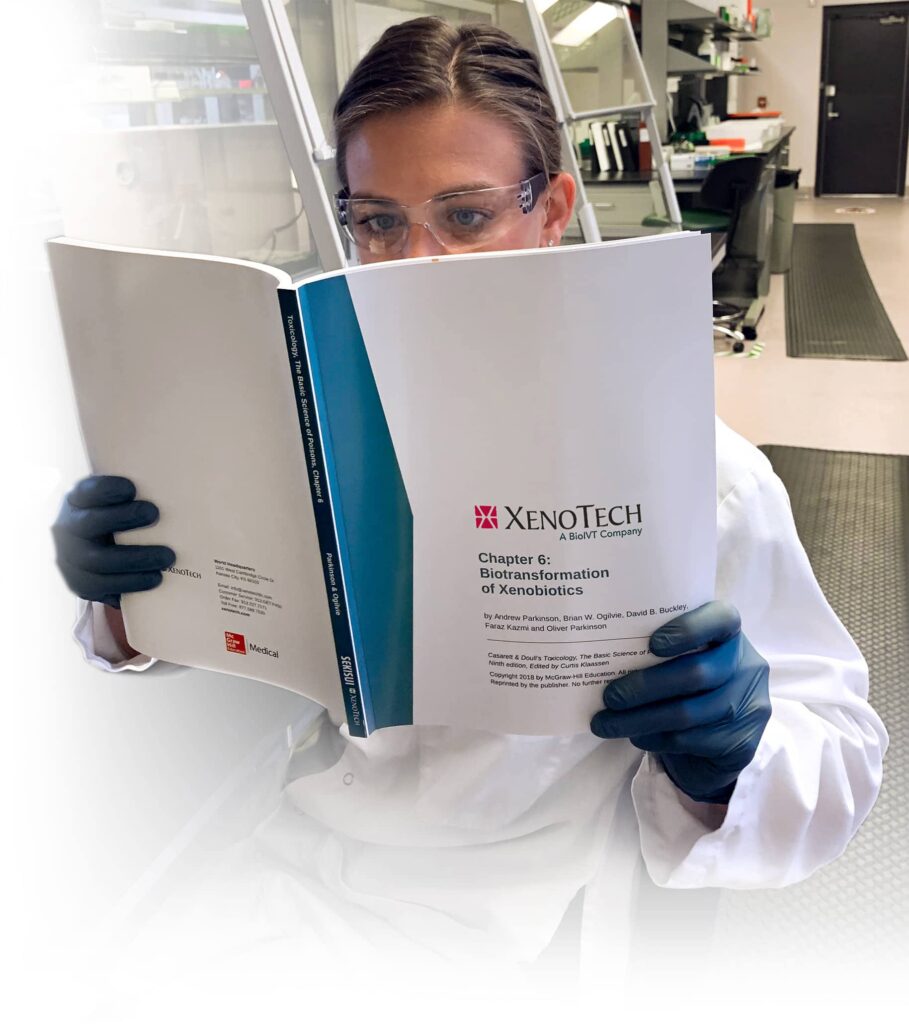
In vitro evaluation of fenfluramine and norfenfluramine as victims of drug interactions
Parthena Martin, Maciej Czerwiński, Pallavi B. Limaye, Seema Muranjan, Brian W. Ogilvie, Steven Smith, Brooks Boyd
Abstract
Fenfluramine (FFA) has potent antiseizure activity in severe, pharmacoresistant childhood-onset developmental and epileptic encephalopathies (e.g., Dravet syndrome). To assess risk of drug interaction affecting pharmacokinetics of FFA and its major metabolite, norfenfluramine (nFFA), we conducted in vitro metabolite characterization, reaction phenotyping, and drug transporter−mediated cellular uptake studies.
FFA showed low in vitro clearance in human liver S9 fractions and in intestinal S9 fractions in all three species tested (t1/2 > 120 min). Two metabolites (nFFA and an N-oxide or a hydroxylamine) were detected in human liver microsomes versus six in dog and seven in rat liver microsomes; no metabolite was unique to humans. Selective CYP inhibitor studies showed FFA metabolism partially inhibited by quinidine (CYP2D6, 48%), phencyclidine (CYP2B6, 42%), and furafylline (CYP1A2, 32%) and, to a lesser extent (<15%), by tienilic acid (CYP2C9), esomeprazole (CYP2C19), and troleandomycin (CYP3A4/5). Incubation of nFFA with rCYP1A2, rCYP2B6, rCYP2C19, and rCYP2D6 resulted in 10%−20% metabolism and no clear inhibition of nFFA metabolism by any CYP-selective inhibitor. Reaction phenotyping showed metabolism of FFA by recombinant human cytochrome P450 (rCYP) enzymes rCYP2B6 (10%–21% disappearance for 1 and 10 µM FFA, respectively), rCYP1A2 (22%−23%), rCYP2C19 (49%−50%), and rCYP2D6 (59%−97%). Neither FFA nor nFFA was a drug transporter substrate. Results show FFA metabolism to nFFA occurs through multiple pathways of elimination. FFA dose adjustments may be needed when administered with strong inhibitors or inducers of multiple enzymes involved in FFA metabolism (e.g., stiripentol).